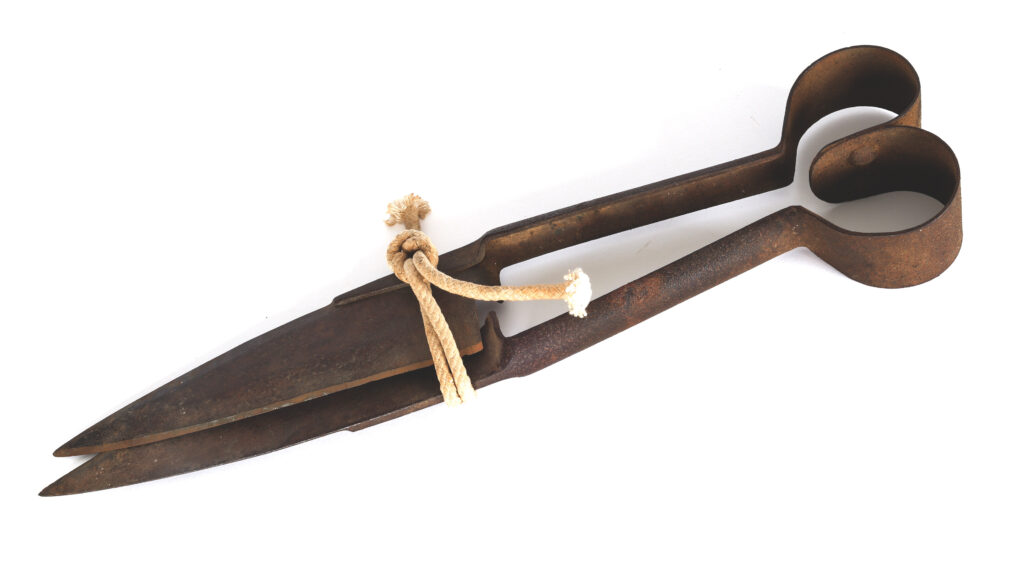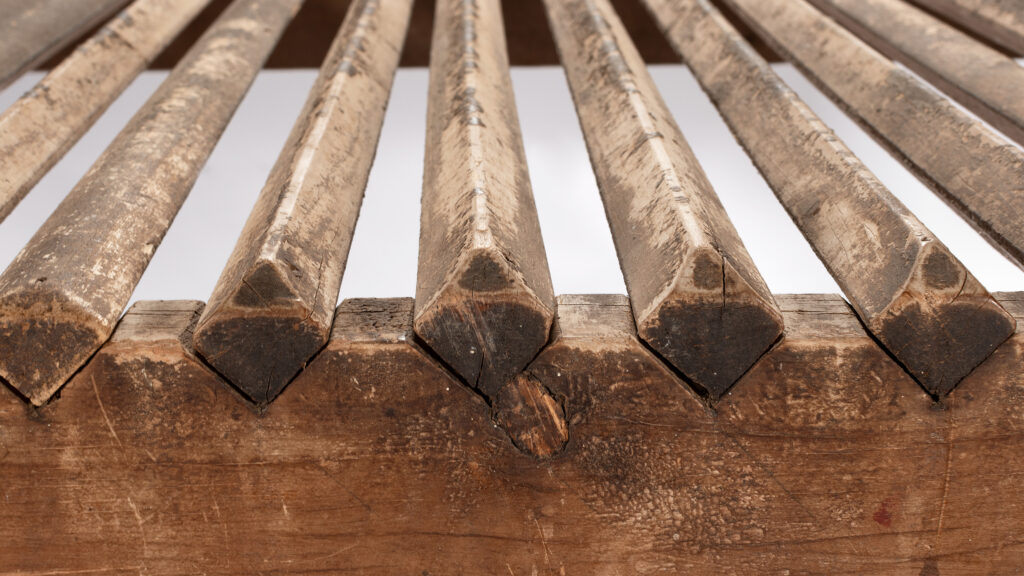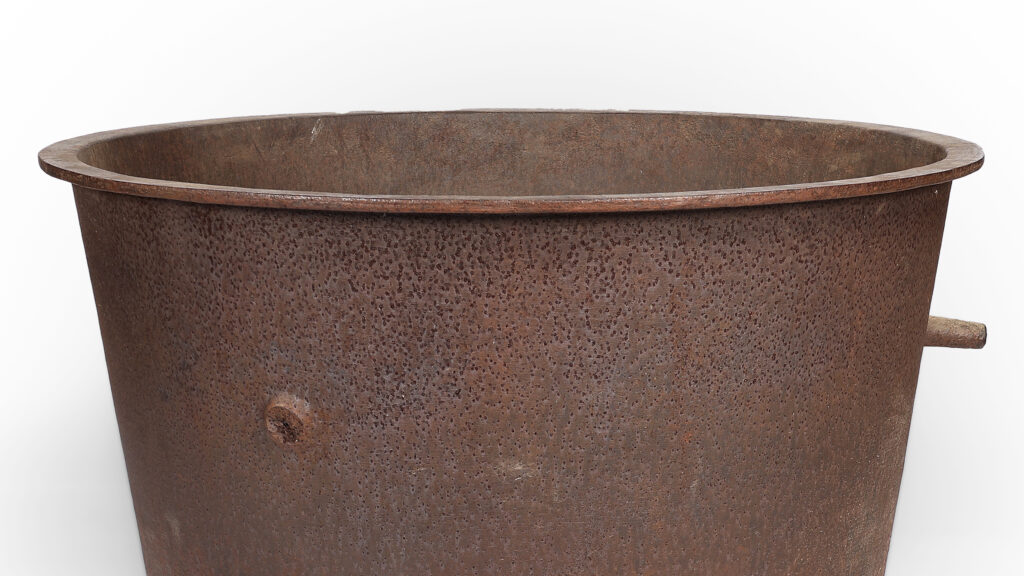
Although world-renowned for its fine merino wool today, the fleece of Australia’s first flocks struggled to pass muster, and the wool industry didn’t hit its stride until the 1860s. Back then, all shearers used hand shears like these. As flocks and demand for fleece grew, graziers started searching for ways to increase productivity. Enter Frederick […]
Read More…

After initially taking time to breed sheep suited to the climate, the colony’s graziers had, by the 1840s, successfully crossbred merinos that met the British Empire’s relentless demand for high-quality wool. By the late 1800s, flock sizes had increased dramatically, and shearing sheds were hives of activity. Graziers introduced mechanised shearing to enhance productivity and […]
Read More…

Drought, floods and bushfires are part and parcel of a grazier’s life in north-western New South Wales. In the colony’s early days, if the weather didn’t get to the sheep, dingoes often did. As the settlers gradually eradicated the dingoes, rabbits spread like a veritable plague on the land, eating all the grasses. Hungry sheep […]
Read More…

After more than a decade of fundraising and planning by the Wee Waa Historical Society, the Namoi Echo Museum, located on the lands of the Kamillaroi people, opened in 2006. In a section of the museum which highlights the local history of sheep farming, a five-panel mural takes pride of place. Conceived and painted by […]
Read More…

In the 1840s, graziers in the colonies were beset by falling prices for meat exports due to a depression in Britain. A smelly solution came in the form of boiling-down – the boiling of carcasses in vats to extract tallow (animal fat). Used to make soap and candles, tallow was worth more than meat, and […]
Read More…






